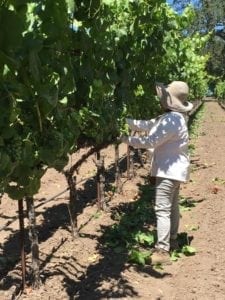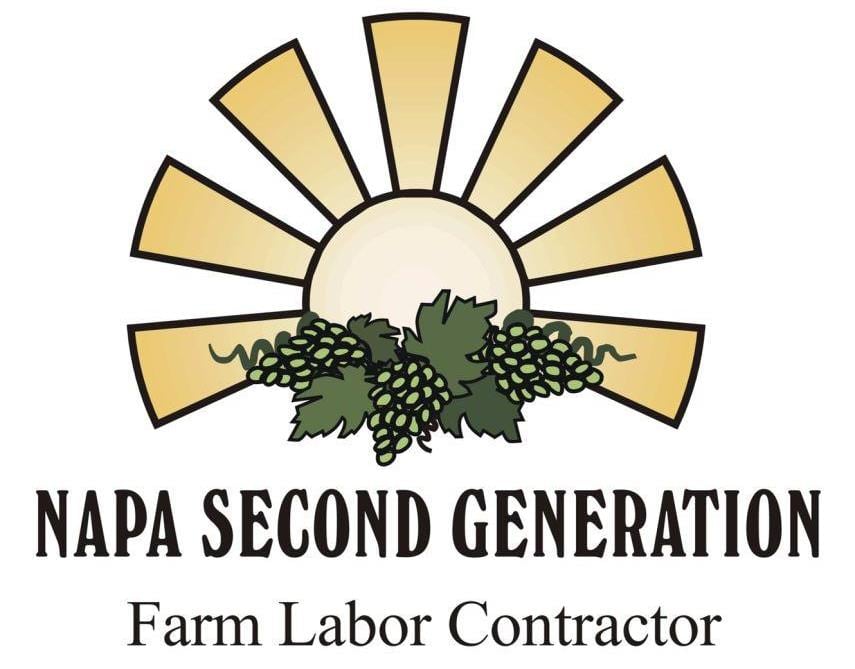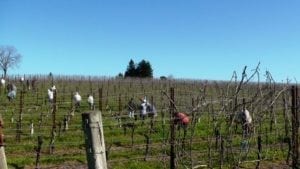Vineyard Maintenance Services Provided by Napa Second Generation

Seasonal Plan, Preparation and Execution
We’re your expert in knowing what needs to be done by which date to ensure a hardy, profitable yield. The high standards we set for our people and processes are a strategic part of your top quality wine product.
We offer year-round vineyard maintenance services to help vineyard owners keep their land and plants in the best possible shape for maximum yields. This page summarizes our vineyard maintenance services.
Pruning Services
Pruning entails the removal of living canes, shoots, leaves and other vegetative parts of the vine. Pruning helps establish and maintain the vine to save labor and facilitate vineyard operations.
 In addition, pruning distributes the bearing wood over the vine, among vines and over the years in accordance with the capacity of the spurs and vines. This helps equalize production and support larger crop yields of higher quality.
In addition, pruning distributes the bearing wood over the vine, among vines and over the years in accordance with the capacity of the spurs and vines. This helps equalize production and support larger crop yields of higher quality.
We provide classic pruning system services, including dormant pruning. Most commonly we do cane pruning and spur pruning.
- Training is supplementary to pruning and necessary in shaping vines. This activity includes tying canes. We use tying machines to speed up the process.
- Thinning is used to help achieve a certain crop load and quality level.
- Disbudding. Young vines are disbudded during their development in order to concentrate the growth in one or more shoots.
- Suckering is removal of the undesired shoots that originate on the trunk and below the ground. This activity should be done with the greatest care and thoroughness during the first two to four years. Young vines should be suckered two or three times during the spring.
- Leaf removal is the process of removing leaves from the vine in the area around the fruit clusters—usually immediately above and immediately below the fruit.
Wire Adjustment
Wire adjustment is critical for all vineyard operations. Wires holding the plants need to be adjusted at each growing stage depending on the shoot length. It is simple and easy work. However, it can be a never-ending job regardless of the size of the vineyard. The vineyard rows must have sufficient space for tractors and ATV equipment to pass through.
Bird-pecked grapes can harbor bacterial and fungal pathogens that alter the flavor of wine or juice. Bird netting is the most effective method of protection from birds. We use versatile netting applicators to install the net, and our approach makes removing the bird net fast and easy.
Grape Harvesting
Wine grapes should reach the stage of development where the relationship between different components of the fruit sugar, acid, pH and especially Brix-acid ratio, is optimal for production.
During the busiest season in late summer and fall, we usually work late at night and early morning. It is better for grapes, which like lower temperatures at harvest time. And our winery clients prefer fresh fruit delivered in the morning without post-harvest spoilage.
We harvest vineyards using gondolas that are pulled between the vineyard rows. As the grapes are picked, they are placed into buckets, which get dumped into a tank as they fill. Six to eight pickers may work along one tank or gondola. With such a large crew, it is usually necessary to keep a record of the number of buckets, weight of filled buckets and condition of the fruit handled by each picker.
When a filled gondola moves on, an empty one take its place. The full tanks are taken directly to the winery for unloading. When the distance from vineyard to winery is less than ten miles, the time from picking to crushing should not exceed one to two hours.
Learn about our Vineyard Development Services
Read about other Vineyard Labor Services


